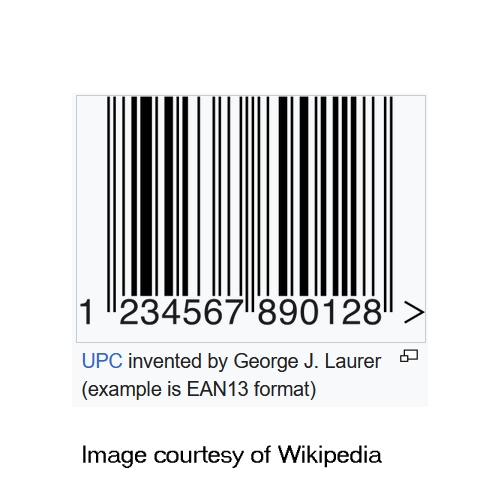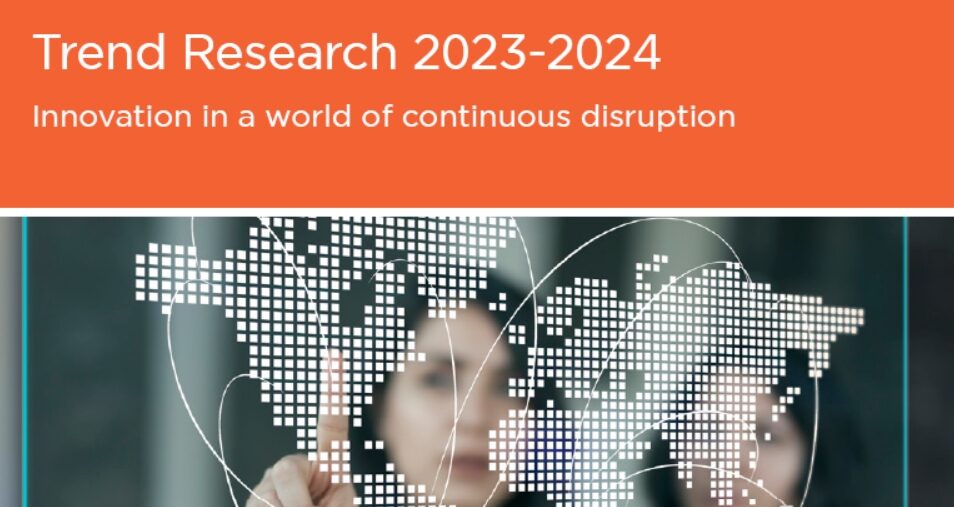Celebrating the 50th anniversary of the barcode

The barcode, originally based on Morse Code, was invented and patented in the USA by Norman Joseph Woodland and Bernard Silver in 1952. However, it was more than 20 years before the invention became commercially successful.
Various organizations and companies played a role in the use of the barcode during those 20 years, but the real success began with a meeting of industry leaders in New York city in March 1971. It took another three years before a barcode that could be both printed easily and scanned easily was finally developed. In April of 1973, an industry-wide agreement on that barcode became the basis for GS1.
GS1, which stands for Global Standards, is a not-for-profit international organization that develops and maintains standards for barcodes and packaging identification.
The first barcode was scanned in the USA on the 26th of June 1974. Canada was the second country to introduce the barcode when a grocery store in Dorval, Quebec scanned the very first Canadian barcode.
The barcode was designed to make it easier for products to be tracked, processed, and stored. Today, these barcodes play a critical part in supply chains across the globe.
Available from 116 GS1 offices around the world, GTIN or Global Trade Item Number provides unique codes for a company and its products that can identified using electronic scanners.
GTIN employs a multi-digit number that is primarily used within barcodes. In North American, the UPC (Universal Product Code) is an existing form of the GTIN. In Europe, EAN-13 is the standard.
Cheers to all who had a hand in creating this useful tool that revolutionized the retail industry 50 years ago today.
For more information on GS1 and GTIN, visit,
https://www.gs1.org/standards/barcodesFor a history of the barcode, visit:
https://en.wikipedia.org/wiki/Barcode
Selling internationally? You need GS1 and GTIN!

GTIN or Global Trade Item Number is a standard from the GS1 (Global Standards) organization. GTIN consists of unique codes that identify manufacturers and their products using barcodes. When scanned by an electronic reader, the GTIN barcode provides a code that is related to a specific manufacturer and a specific product from that manufacturer.
In North American, the UPC (Universal Product Code) is an existing form of the GTIN. In Europe, EAN-13 is the GTIN standard.
The GTIN system lets you and your products be identified across the globe. If you hope to sell in certain parts of the world, such as Europe, you will need to use GS1 standards and GTIN codes. Once you have signed up with your regional GS1 office, you will be issued a series of unique codes to use on your product packaging.
Fully supporting GS1, AirMed prints your GTIN barcodes directly from the database. Our master case processing lets you use multi-level barcoding for several layers of packaging or stock-keeping units (SKU). For example, one case could contain a dozen smaller cartons. Each of those cartons could contain a dozen retail-ready individual packages. All of those packaging layers can have its own barcode to meet the retail standards of the region where it will eventually be sold.
AirMed helps you meet your barcoding and packaging standards whether selling to a provincial warehouse or shipping internationally. AirMed even lets you apply pricing at the package or the master case SKU, and custom pricing can be set for specific SKUs by customer.
For more information on GS1 standards and GTIN barcoding, visit: https://gs1ca.org/
If you’d like to discuss your specific needs, please give us a call at 1-877-313-2442 or click the Request Demo button at the top of the page to start the ball rolling.
Report: GS1 Trends 2023/2024

Selling any product, including cannabis, starts with a unique identification number from GS1. The GS1 (Global Standards 1) organization is a neutral, global collaboration platform that brings industry leaders, government, regulators, academia, and associations together to develop standards-based solutions to address the challenges of data exchange.
GS1—which has local Member Organisations in 116 countries, over two million user companies and 10 billion transactions every day—helps ensure that there is a common language of business across the globe. GS1 manages the Global Trade Item Number or GTIN, which identifies companies and their products and services using barcode data.
“Trend Research 2023-2024” is a report published recently by GS1 that discusses the top business trends in the world. Topics include data privacy, supply chain digitalisation, traceability and new technologies.
“A cornerstone of any digital transformation are the concepts that are core to the GS1 system: globally unique identification, a common data language, a commitment to interoperability and a firm belief that business value achieved through data sharing is amplified through the use of standards.”
For more information and to download the report visit:
https://www.gs1.org/resources/articles/trend-research-2023-2024-innovation-world-continuous-disruption
